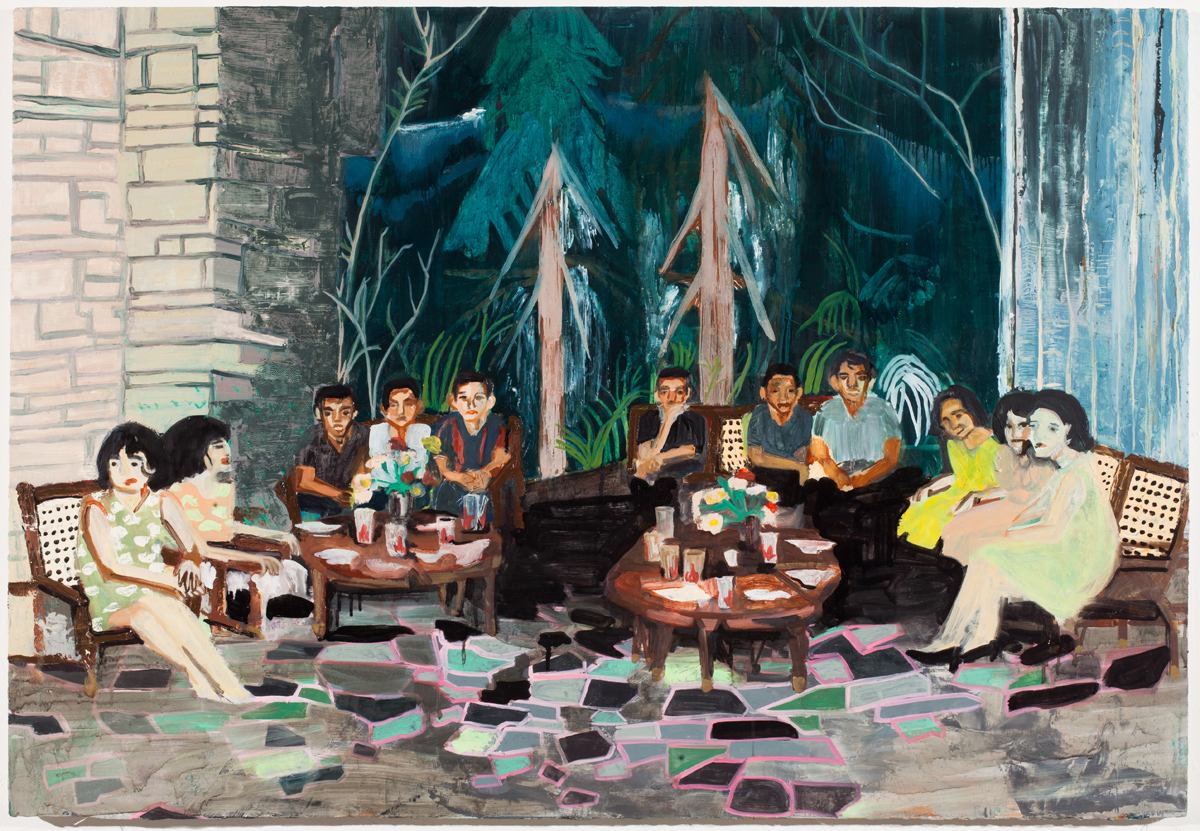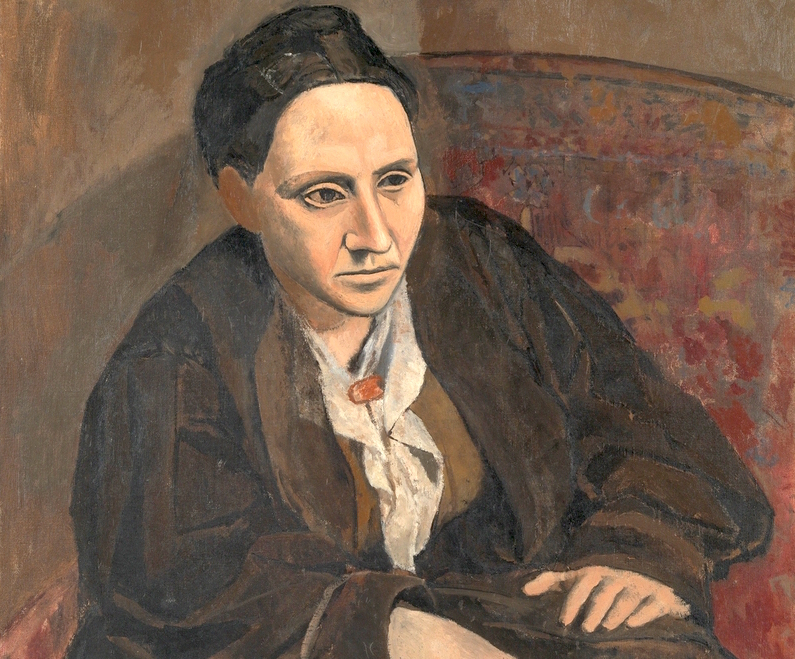As if you had any doubt that cats are Dear Utol (2025): Doctor, Doctor I'm Sick Episode 41the original space cadets.
The European Southern Observatory (ESO) proves once and for all that cats and space belong together, releasing a new image that showcases some glorious cat toe beans in space.
SEE ALSO: This cat hanging with his boys took the best selfie of all timeThe Cat's Paw Nebula (as it's legit called) was first viewed by UK scientist John Herschel in 1837, according to the ESO. Might he could only make out the brightest "toepad." Since then, the full extent of the space paw has become visible and impressed humans with its "God's kitten about to swipe some cosmic crap off the universe's coffee table" likeness.
But that's not all. The nearby Lobster Nebula is also being showcased in the ESO's latest images. Like the Cat's Paw, it's made up of vast regions of gas (mostly hydrogen) which are "energised" by the light of newborn stars. Both nebulae (officially named NGC 6334 and NGC 6357, which are 5,500 and 8,000 lightyears away, respectively) are found in the Scorpius constellation, right near the tail.
A statement from the ESO explains that "with masses around 10 times that of the Sun, these hot stars radiate intense ultraviolet light. When this light encounters hydrogen atoms still lingering in the stellar nursery that produced the stars, the atoms become ionised. Accordingly, the vast, cloud-like objects that glow with this light from hydrogen (and other) atoms are known as emission nebulae."
The new images come care of the Very Large Telescope's 250-megapixel OmegaCAM, a successor to its impressive Wide Field Imager (WFI). "Despite the cutting-edge instruments used to observe these phenomena, the dust in these nebulae is so thick that much of their content remains hidden to us," the statement reads.
"The Cat's Paw Nebula is one of the most active stellar nurseries in the night sky, nurturing thousands of young, hot stars whose visible light is unable to reach us. However, by observing at infrared wavelengths, telescopes such as ESO's VISTA can peer through the dust and reveal the star formation activity within."
Viewing nebulae at different wavelengths of light means scientists can identify different qualities of the regions. Apparently, under long wave infrared light, one portion of NGC 6357 looks like a dove and another a skull. Thus, it was christened with the name War and Peace Nebula.
Space: You're in it!
Featured Video For You
Elon Musk's Hyperloop dream is closer to becoming a reality





